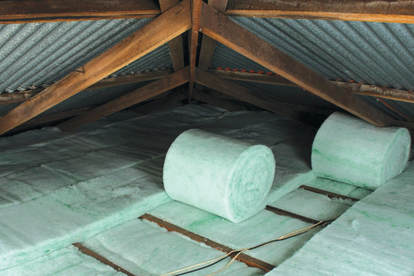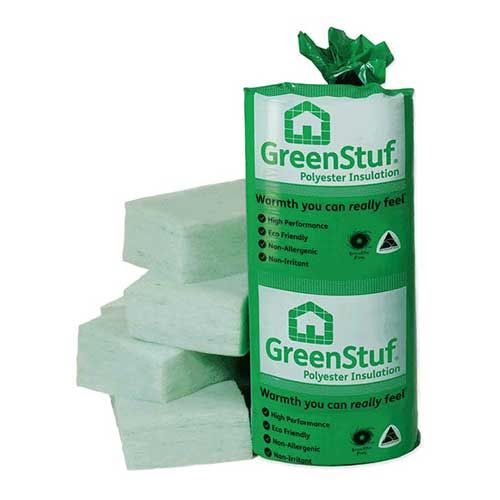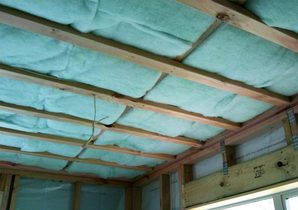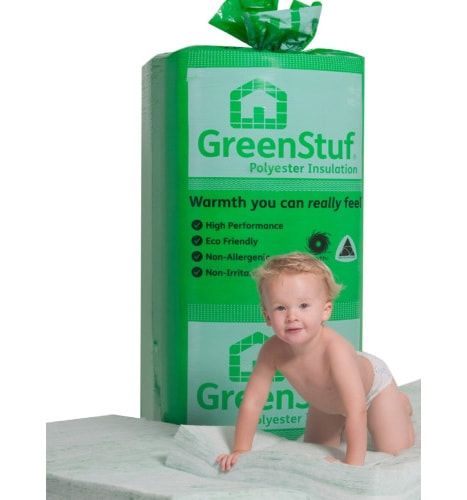We recommend Polyester whole home insulation
Put it on your Auckland Council rates over 9 years at a very competitive rate. SAYR is a preferred supplier for the Auckland Council Retrofit Your Home Program. Ask us how today.
|
Whether building new, renovating, or just modernising, insulating your home is the single most effective thing you can do to keep your home warm in winter, cool in summer and to save energy and money. A properly insulated home provides many benefits; • A fully insulated home needs about half the heating an uninsulated home requires to maintain a warm and healthy indoor temperature. • A well-insulated home provides year-round comfort; it will help stop precious heat loss in winter and reduce heat gain in hot summer months. • A well-insulated home provides a healthier environment with less risk of colds and other respiratory illnesses. Insulation also reduces condensation and mould. • Insulation helps reduce unwanted noise. |







